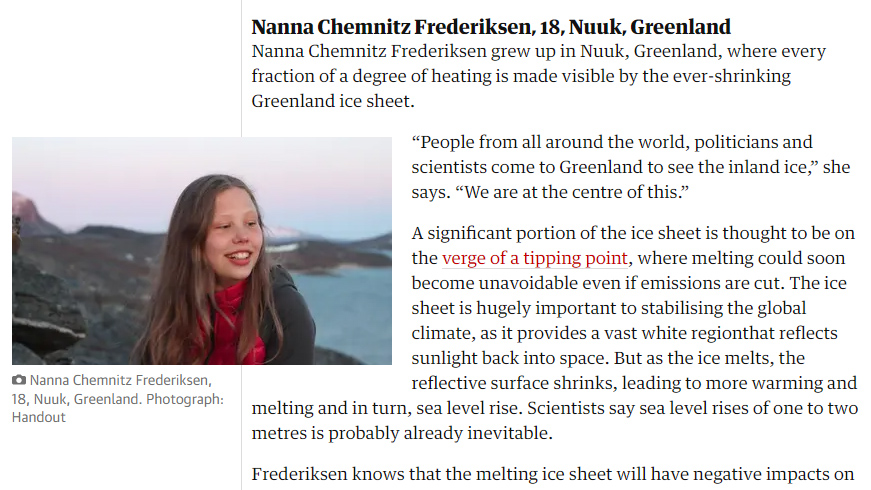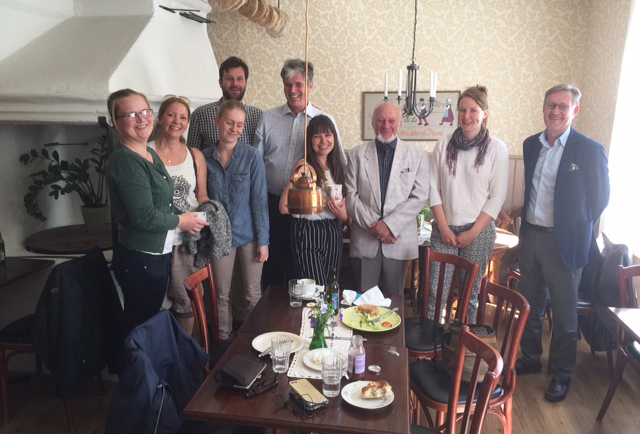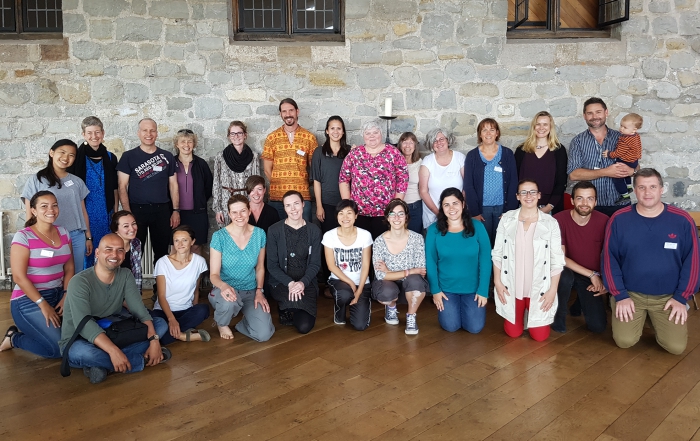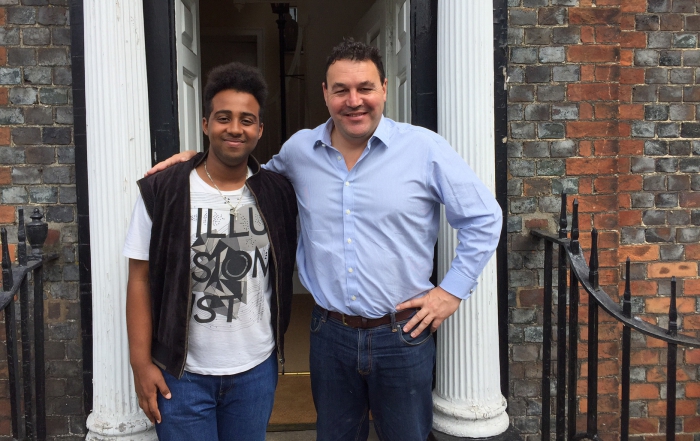“People from all around the world, politicians and scientists come to Greenland to see the inland ice,” she says. “We are at the centre of this.”
A significant portion of the ice sheet is thought to be on the verge of a tipping point, where melting could soon become unavoidable even if emissions are cut. The ice sheet is hugely important to stabilizing the global climate, as it provides a vast white region that reflects sunlight back into space. But as the ice melts, the reflective surface shrinks, leading to more warming and melting and in turn, sea level rise. Scientists say sea level rises of one to two metres is probably already inevitable.
Frederiksen knows that the melting ice sheet will have negative impacts on communities across Greenland, especially in northern settlements such as Qaanaaq where permafrost melting is destabilizing homes and roads and impacting how fishers and hunters operate.
But her real concern lies on the impact it will have globally. “I am not so scared of what the effects of the melting of ice in Greenland will be,” Frederiksen says, “It scares me what effect it can have for the rest of the world.”
Latest News
RCN Delegation Visit to Åland
The RCN delegation of Arne, Lisa, Kathini, Poppy and Larry met at Bagarstugan with alumni and some of the founding team (Kjell Nilsson and Leif Jansson) of the partnership between UWC Red Cross Nordic and [...]
UWC Learning Support
From 21-23 June staff from 13 UWCs met at UWC Atlantic to consider how to improve support for those students who come to us from non-English-speaking backgrounds. The conference, which was organised by staff at [...]
A month of study in the UK
Following in the footsteps of Elías (Argentina), Abel (first year from Eritrea and representing the National Committee of Sudan), was invited to spend a month this summer studying on a scholarship provided by his hosting [...]




